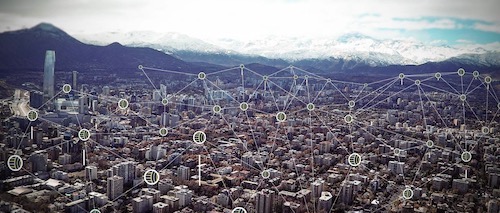10 ways blockchain will revolutionize the energy sector

EDUARDO SOTO SEPÚLVEDA
December 11, 2020

1. Residential generators who sell their energy
The photovoltaic systems and batteries at residential level, have decreased about 30% investment costs in the last 3 years. The mega-trend of energy self-sufficiency in homes through generation systems will not only impact the energy bill, but also make it possible to charge electric cars at home. For the systems to be profitable, there must be an interaction of this energy with other users through the electrical network, but with an agile and economic system of buying and selling energy. It is here where the blockchain will allow transactions between users of the electrical system with a system of interaction “peer to peer” or P2P, in the English jargon, associated with transactions between equals.

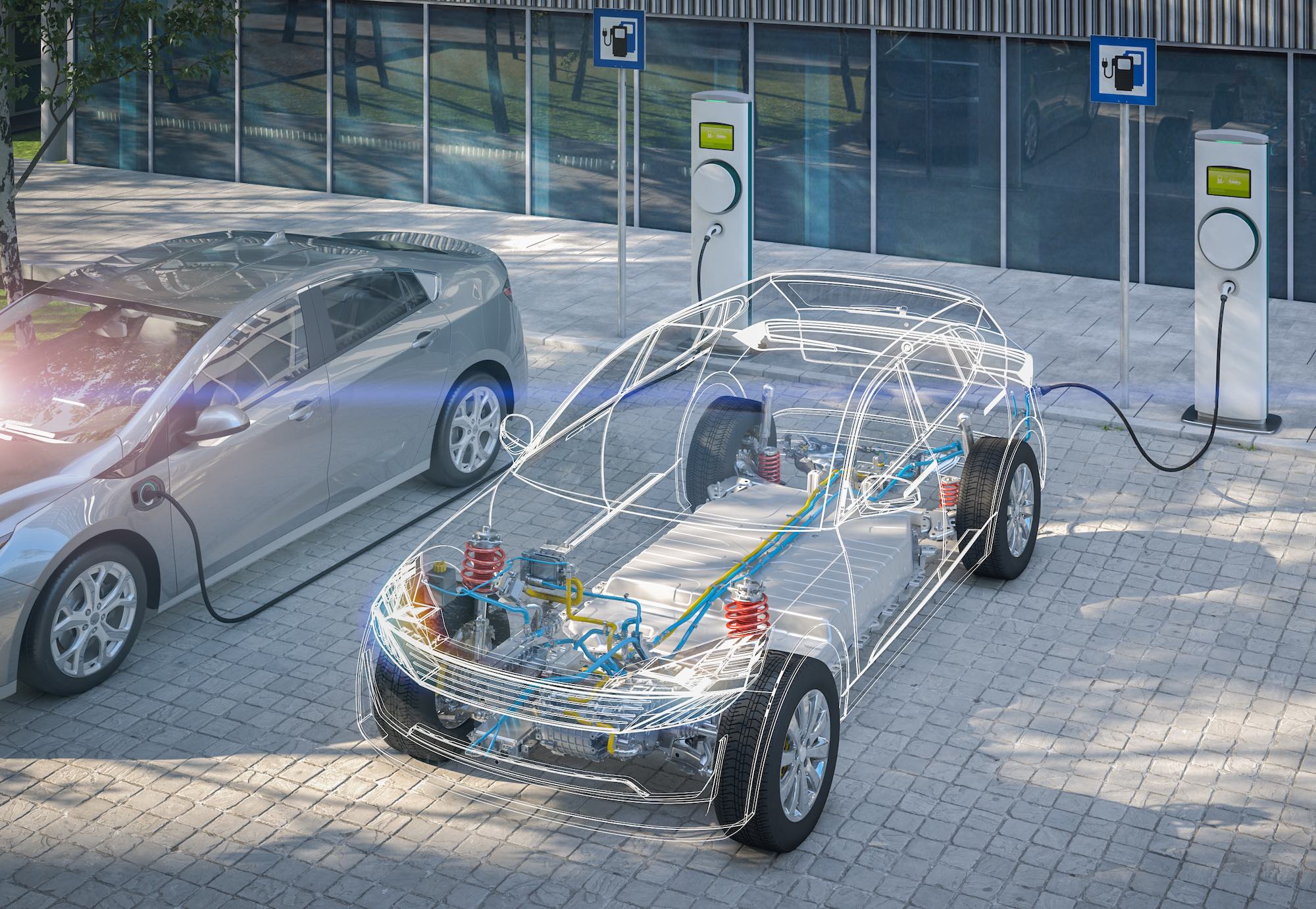
2. Electric car plugs all over the place
Can I borrow your smartphone charger? Of course. Would you say the same with an electric car? We will need systems that allow us to enable public and private electric chargers through interoperable and simple systems for charging electric vehicles. The blockchain will facilitate transactions between charger users allowing to supply electricity to different sites without the need for prepaid cards or complex methods for charging the vehicles. Residential users will be able to count on energy management systems from renewable energy plants through flexible plans that allow charging the car at times when there is a better supply of clean and cheap energy, avoiding the dumping of energy that is currently a headache for the energy markets.

3. Digital energy market
Solar energy is the cheapest “fuel” for electric power generation, displacing coal according to the International Energy Agency’s “World Energy Outlook 2020”. But what happens at night when there is no sun? Wind does not move the wind turbines either when we want to, and the alternative costs of base generation systems such as hydro and thermal power plants have higher costs at different times of the day and days of the week. At present the balances and billing systems are monthly in many countries, but we all expected the cars to fly in the 21st century. The blockchain will help us make energy transactions in an energy market with minute resolutions, helped by artificial intelligence to optimize purchases, prioritizing the cheapest and cleanest energy.
A digital energy “marketplace” will facilitate automatic and configurable buying and selling without the need for marketers that make power and energy more expensive.


4. Conscious electrical system
One of the great challenges of artificial intelligence is the search for optimal solutions to ensure that energy users have a safe, cheap and clean supply. The low costs of energy measurement technologies added to its calculation power and the speed of the Internet, will sooner or later lead us to transform energy information into energy vectors drawn by blockchain and managed through a virtual electrical coordinator with artificial intelligence.
The energy measurement takes a fundamental role when implementing business models where users can buy their energy from the generation plants directly, defining a space of interaction as the electrical networks are. This liberalization of the energy market in homes and businesses must go hand in hand with a model of network development that allows for adaptation to the needs of demand. This process can be gradual and to the extent that the markets can satisfy this demand based on an informed supply.

5. Intelligent energy storage
They remember Wall-e, a film by Pixar-Disney where a robot cleans the garbage on Earth and recharges with solar energy. This movie leaves us with several lessons, among which the most important is that we only have one place to live and we must take care of it. It also shows us that today’s energy storage batteries are as intelligent as our robot friend.
Batteries store energy during the day, which is mainly surplus solar energy or very cheap energy, and can decide when to inject that energy if we are short of it for our consumption, charge an electric car or sell it to our neighbors through the electric grid. The blockchain allows to handle these “micro energy transactions” to manage what is stored and what is released from an accounting system of records and an intelligence that allows us to make an economic management and optimal battery life.

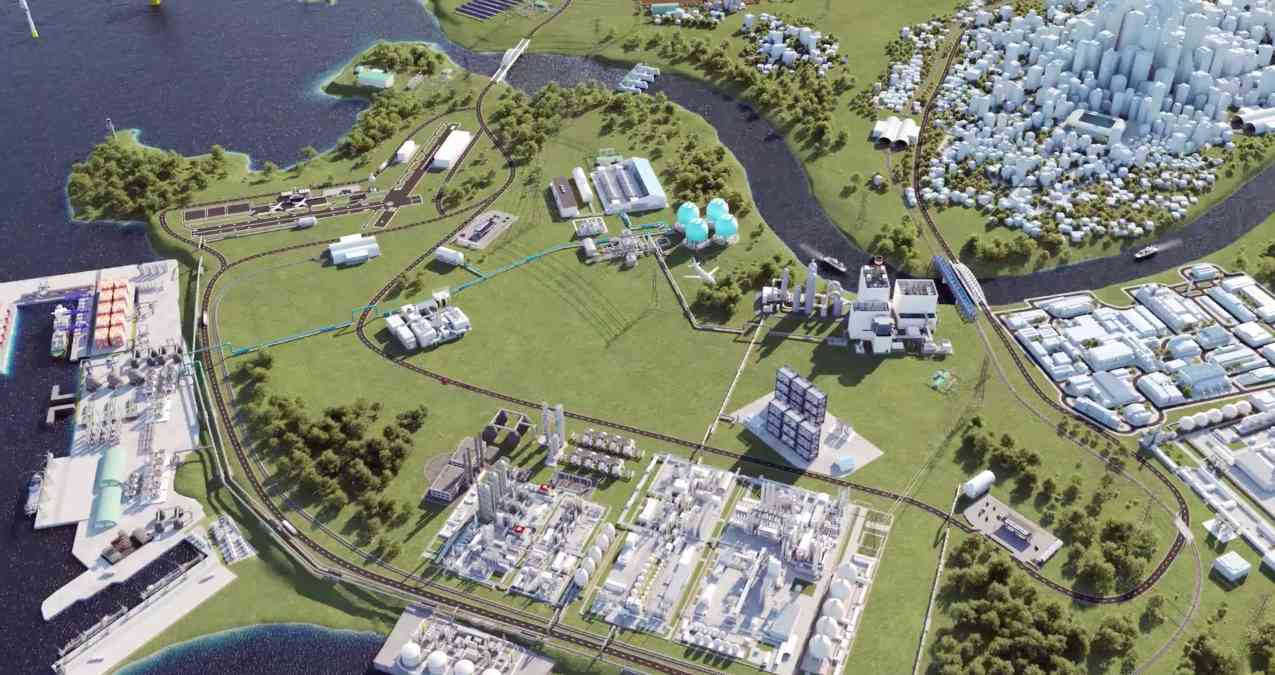
6. Really green hydrogen
How can hydrogen have color? The only way is if you paint the electrons throughout its process chain. Hydrogen is one of the great promises for the conversion of renewable energy into an energy vector. However, it is necessary to use renewable energies in the whole chain of conversion, storage, transport and distribution so that it really has the color we want, green. The blockchain will help us to consolidate the information of the different stages of the processes from the origin to the final user through meters and sensors.
At present, there is great expectation with the announcements around this matter worldwide, where these systems could store large blocks of energy from renewable sources. The use of hydrogen for ammonia production systems, uses in the production of “clean fuels”, so called because of its carbon neutrality that allows the use of combustion systems for transportation, conversion of stored energy into electricity are some of the applications of these systems. For all this it will be necessary to trace the chain of water product in the production of hydrogen, the origin of energy and that there is no double counting in the supply from the plants to the conversion points, the energy used for storage to compress and / or cool the hydrogen, hydrogen transport and energy costs of this either in trucks or pipelines. All these processes will be feasible to measure, trace and validate with blockchain.
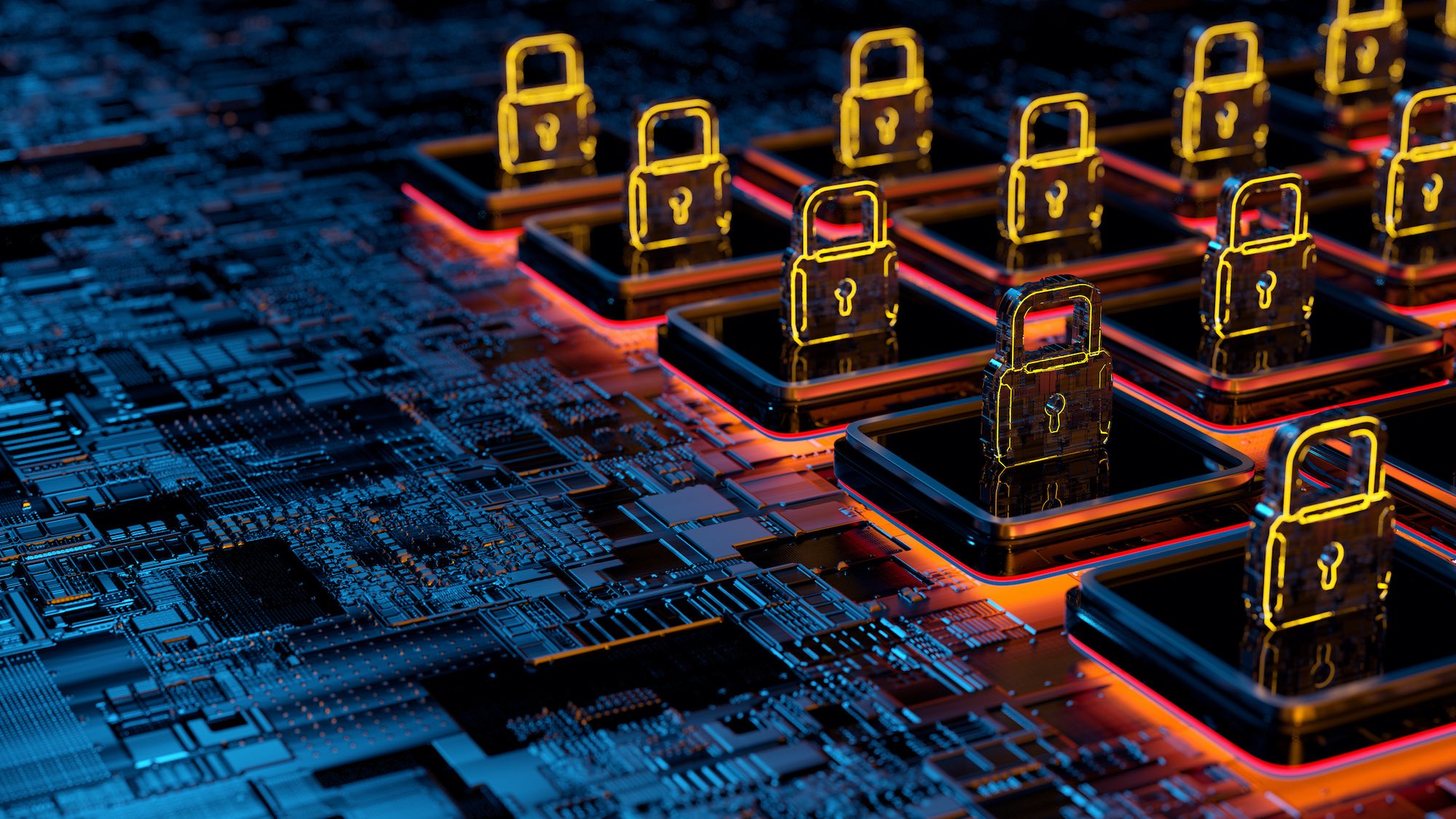
7. Information systems security
Information in the electrical and energy systems is very important for national security. That is why the implementation of systems that validate information in blockchain-based platforms increases the information since accounting and records are made in a distributed way and must be verified by the participants in this network, without forgetting that there is a “job” that is done by the machines to mine the information.
Corroborating the data through blockchain increases the security of the information records, such as fuel and input records for the calculation of marginal energy costs, energy meter records for billing, verification of maneuvering orders or instructions for the operation of the electrical system, among other applications. All information that can be traced and verified becomes very secure.


8. Empowering product consumers
Have you seen the power of Netflix with its series and documentaries on how they change consumer trends? A chess related series managed to increase the number of people enrolled in clubs and there was an increase in the sale of boards of this particular game. What else can the empowered consumer with ideals achieve? Change their eating habits, do more sport, or become more addicted to the series?
Consumers are an unprecedented force in the markets and the trend towards more sustainable products due to the effect on the entire supply and production chain is proven. The blockchain allows users to know the origin of energy and the impact they generate by replacing the sources that produce them.
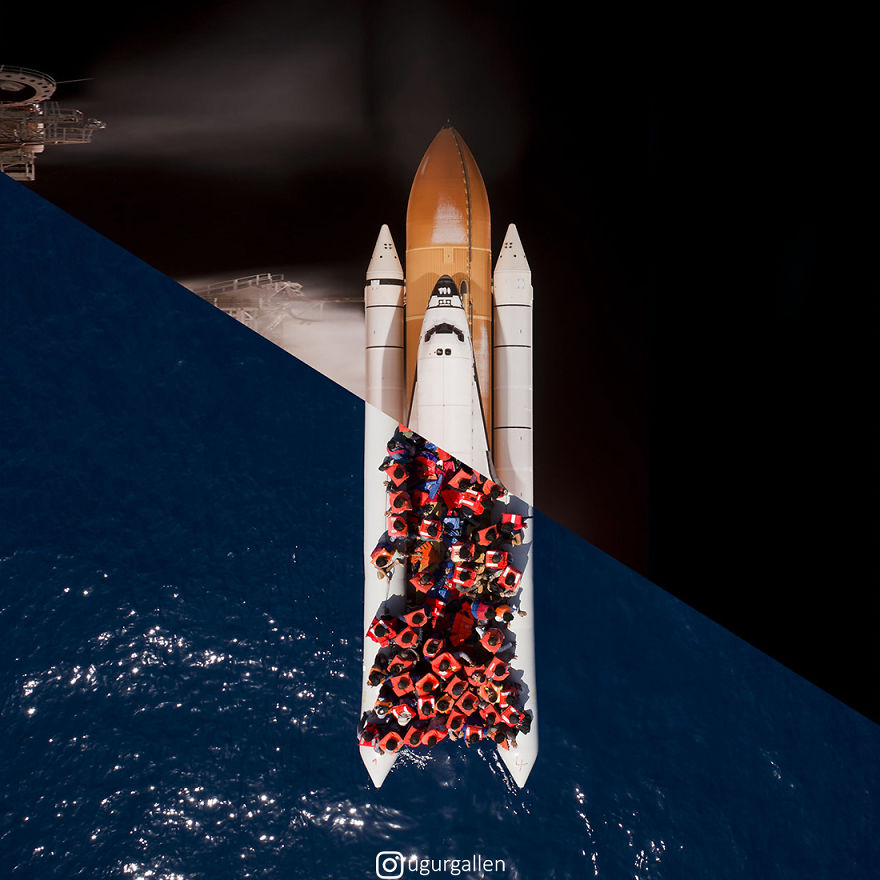
9. Energy Globalization
Blood diamonds or war diamonds is a concept that is coined to the phenomenon of globalization where the money that buys a product in another place of the planet, generates a very negative impact in another. This effect generates negative incentives that very commonly are not internalized in the global costs of the raw material or product generating damage to the environment and people. The blockchain allows to trace different scopes of the products as much of the processes and materials used, as of the impacts of these.
A consumer can see through the energy traceability with blockchain and verify that there is no duplication of information, going far beyond a simple label or logo of confidence.


10. Bye bye… Big Brother
Brave New World is undoubtedly one of the greatest literary works of the twentieth century, all the more important because the dystopian panorama that it presented as early as 1931, when Aldous Huxley wrote it, became ominously accurate in reality, in different spheres of the human. With intelligence and extreme lucidity, Huxley imagined a society of fixed and immovable hierarchies, the result of the technological design that is made of all people from birth.
In this parallel to reality, all users pay an operational and administrative management structure for the maintenance and organization of electrical systems through the charge to the energy accounts, creating a rigid structure that through criteria, which are not alien to the biases of the people who run it, lead us to the best that the system can reach within this human vision and controlled by a few.
The blockchain and the artificial intelligence will allow to decentralize the decisions and to be reducing the quantity of people associated to manual processes and even handcrafted in the handling and taking of decisions that are complex and require a great power of calculation and speed due to their dynamism. Considering that users will be able to interact with networks based on consumption decisions and market signals that are offered, the architecture of the electrical system must be dynamic and adapted to the needs of prosumers and new technologies. In order to move towards this, there must be political will so that technologies are not only in the current controlling entity, but also open to improve in the level of solutions and not be trapped in “Brave New World“.
¿Te gustó este artículo?
Suscríbete y comparte

